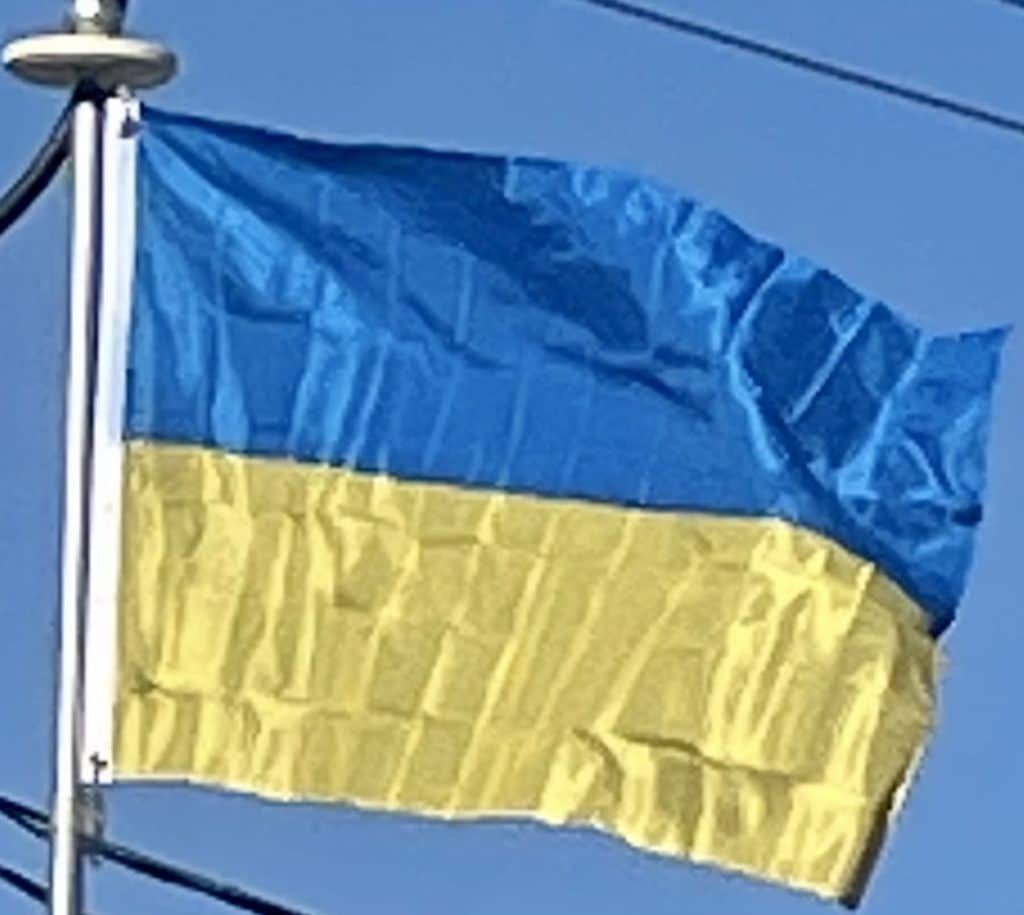The Ukrainian economy stabilized by the end of the 1990s. A new currency, the hryvnia, was introduced in 1996. After 2000, the country enjoyed steady real economic growth averaging about seven percent annually. A new Constitution of Ukraine was adopted under second President Leonid Kuchma in 1996, which turned Ukraine into a semi-presidential republic and established a stable political system. Kuchma was, however, criticized by opponents for corruption, electoral fraud, discouraging free speech and concentrating too much power in his office. Ukraine also pursued full nuclear disarmament, giving up the third largest nuclear weapons stockpile in the world and dismantling or removing all strategic bombers on its territory in exchange for various assurances.
Orange Revolution:

Activists of the Orange Revolution were funded and trained in tactics of political organization and nonviolent resistance by Western pollsters and professional consultants who were partly funded by Western government and non-government agencies but received most of their funding from domestic sources. According to The Guardian, the foreign donors included the U.S. State Department and USAID along with the National Democratic Institute for International Affairs, the International Republican Institute, the NGO Freedom House and George Soros‘s Open Society Institute. The National Endowment for Democracy has supported democracy-building efforts in Ukraine since 1988. Writings on nonviolent struggle by Gene Sharp contributed in forming the strategic basis of the student campaigns.
Russian authorities provided support through advisers such as Gleb Pavlovsky, consulting on blackening the image of Yushchenko through the state media, pressuring state-dependent voters to vote for Yanukovych and on vote-rigging techniques such as multiple “carousel voting” and “dead souls” voting.

